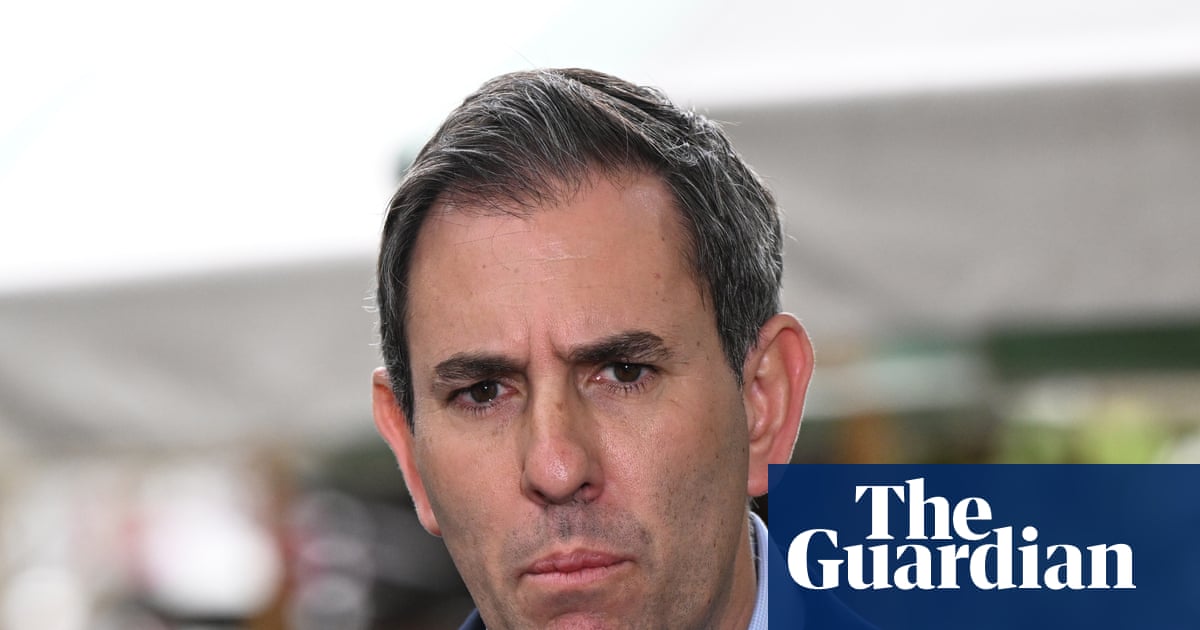Hear that? That’s the sound of the jobs market creaking, if not cracking.
Australia’s unemployment rate unexpectedly jumped to a four-year high of 4.5% in September, up from 4.3% the month before.
Jim Chalmers is in Washington DC attending a G20 summit, but still found time to put out a statement reminding us that the jobless measure is “still very low by historical standards”.
That’s a fair statement. Not counting the pandemic and its aftermath, you need to go back 17 years to find a lower jobless rate.
The jump in the share market after the data release pointed to firming bets that the Reserve Bank was now odds-on to deliver a rate cut at its Melbourne Cup day meeting.
But low unemployment is a prize we must not lose, and the latest figures from the Australian Bureau of Statistics will be a major worry for the treasurer – as it will be for all Australians.
The resilient labour market is the jewel in Labor’s crown when it comes to its economic record, even overshadowing the major decline in living standards that has been a feature of the post-pandemic landscape.
Unemployment at 4.5% is no disaster, but it is very much not part of the plan – and it raises the fear that it could go higher still.
The RBA had expected the jobless rate to peak at 4.3% this year and stay there through 2026, which aligns with the budget forecasts.
Sign up: AU Breaking News email
Two-a-half weeks ago the central bank’s monetary policy board held the cash rate as board members fretted that inflation would come in hotter-than-expected in the three months to September.
They will surely be reconsidering their options today, and Thursday’s figures mean the RBA is now favourite to act when it next meets.
The chance of a November rate cut jumped from 36% to 64% after the jobs report, according to pricing in financial markets, while the chance of a cut by December jumped from 60% to a near certainty.
There were even murmurings in the market on Thursday afternoon of a double rate cut, which is surely premature.
Rising inflation and climbing unemployment would be a headache for the central bank. Much now hinges on the September quarter consumer price report on 29 October, but it would have to be pretty bad to stay the central bank’s hand.
The key question is: was September’s labour force data a monthly blip, or the start of something worse?
The answers lie in the cross currents that have been shifting below what has been, until now at least, a largely becalmed jobs market.
Pat Bustamante, an economist at Westpac, says rapid hiring in government-backed sectors such as aged care and the NDIS helped drive the post-Covid employment boom, despite underwhelming economic growth. That impulse has since faded, and the dynamic has reversed: employment growth has slowed even as the economy has picked up.
Which means much depends on whether the private sector, which tends not to be as labour-intensive, can maintain enough hiring momentum to keep unemployment low – something RBA board members also discussed at their recent meeting.
If it can’t, then Bustamante calculates that the unemployment rate could reach as high as 4.8% early next year, which is perilously close to losing all the post-pandemic labour market gains.
That’s not something the central bank, or the government, would want to risk.
